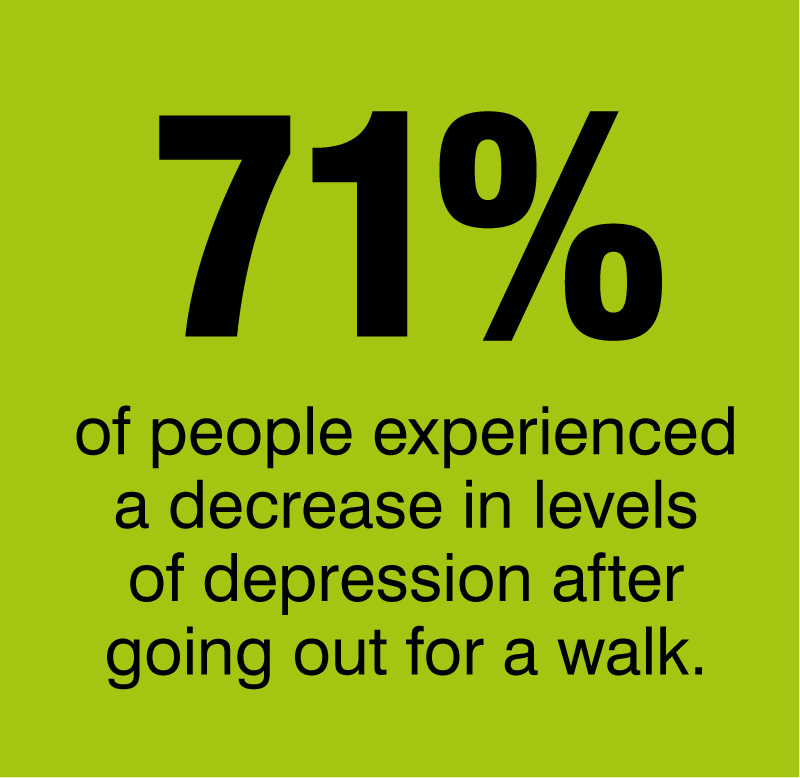Walking with Chipping Sodbury School
Walking is great for our physical health – making sure our bodies are strong and healthy. However, not all the healthy changes that occur when we walk are physical.
Our Project Coordinator, Catherine McCoy, has been working with a group of Mental Health Ambassadors at a school in South Gloucestershire and has seen how walking is helping their wellbeing.
Doing a little bit of exercise like walking is scientifically proven to make us feel happier. In fact, a study by mental health charity, MIND, found that 71% of people experienced a decrease in levels of depression after going for a walk.
Mental health problems affect one in ten young people. Encouraging walking can help to tackle this growing issue.
As well as helping tackle depression, anxiety and connecting us with our world around us, walking holds adding bonuses for children and young people.
Physical activity has been shown to have a positive impact on our mood, helping us to feel happier, enthusiastic and more awake – perfect for the time of life when hormones are raging.
Walking can also help us improve creatively and overall cognitive function. That means having a sharper memory and improved concentration – both things that will help young people perform better in class and exams.
Schools are becoming increasingly aware of the importance of promoting good mental wellbeing and implementing initiatives to support that.


WALKING WITH CHIPPING SODBURY SCHOOL
Chipping Sodbury School is a secondary school in South Gloucestershire. The school and its staff are committed to supporting their pupils and have a group of Mental Health Ambassadors from each year group across the school.
Recognising the importance of walking, the school asked Living Streets to get involved with their Mental Health Awareness Week, earlier this year.
Working with the school, I delivered our walking challenge for secondary schools, encouraging pupils to increase and record how much walking they do. I gave assemblies to each House, discussing with pupils how they might easily adapt their daily routine to walk more – from walking to school, hopping off the bus a stop earlier, or walking with friends at lunch time.
After one week, the number of minutes students walked was up 25%.
SNAP HAPPY
I also worked with the Mental Health Ambassadors and we came up with a photography competition about the students’ walk to school as part of the activities for the week.
It gave students an added incentive to walk more as they took photos of everything they saw on their journeys – the perfect chance to show off some of those creative skills they’d been honing whilst getting active. There were some fantastic entries!

1st place - Megan

2nd place - Jacob

3rd place - Thomas
There was definitely a positive buzz around the school, with students who took part in the walking challenge and the photography competition saying it gave them some positive thinking time before school. I notice students are more alert and productive after being active on their way to school. - Mrs Gray, Teacher, Chipping Sodbury School
Meet the Mental Health Ambassadors
James (15), Michal (14), and Abigail (13) are three of the Mental Health Ambassadors at Chipping Sodbury School. Here’s what they had to say about walking and wellbeing.
The best thing about being a Mental Health Ambassador is being able to help the school environment and be a positive healthy role model to others.
My favourite thing about walking to school is the fresh air. The adrenaline from the walk also helps to wake me up so I am more alert. After we’ve walked to school we feel happier, as we have had time to gather our thoughts and speak with our friends.
Walking is free and doesn’t have to be for long to gain benefits, having someone to talk to, having time away from social media.

About the author
Living Streets